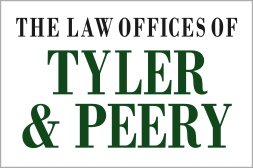San Antonio residents may have seen recent reports on a potentially dangerous drug. Ostensibly, these stories are aimed at discouraging abuse of the drug, but they may actually have the opposite effect.
The drug in question is a painkiller called Zohydro. Recently approved by the government, Zohydro is a very potent variation of the opioid hydrocodone. So potent is Zohydro that a collection of doctors who specialize in addiction, along with other concerned advocates, has created a petition. The petition asks the Food and Drug Administration to reconsider its decision to allow the eventual marketing of Zohydro.
On the surface, the increased media coverage of the drug might sound like responsible journalism. However, studies have shown that bad or scary stories about drugs tend to encourage rather than dissuade people’s interest in narcotics.
As it turns out, the painting of a drug as dangerous can attract risk takers. Historically, efforts to quell the use of particular drugs have in some cases actually exacerbated the problem. In the 1950s and 60s there was a proliferation of articles published about people sniffing glue to get high. In 2001 the opioid Oxycontin received similar media attention.
Studies of these instances have rendered conclusions indicating that the publicity these drugs received gave rise to abuse, rather than preventing it.
Ultimately, pharmaceutical companies and not the media are responsible for the manufacture and distribution of prescription drugs. If a drug manufactured and sold by the pharmaceutical industry proves too dangerous for public consumption, then the industry should be held accountable.
Should you or a member of your family have the misfortune of suffering injuries because of a dangerous prescription drug, there are legal avenues for pursuing justice.
Source: The Daily Beast, “Is The Media Marketing Pain Pills to Addicts?” Maia Szalavitz, March 4, 2014
